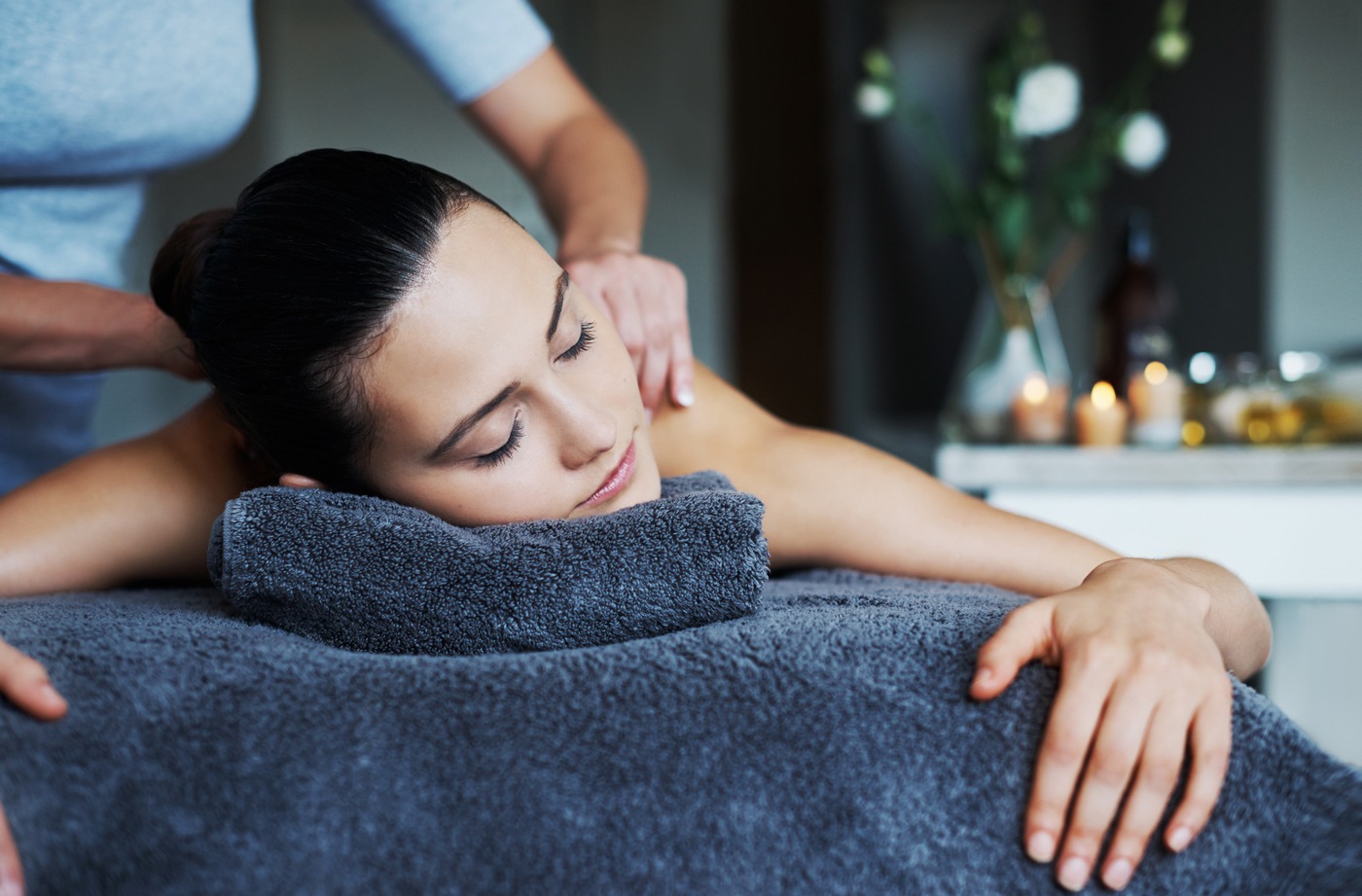Benefits
Yes, massages are relaxing. In today’s stressful world, who doesn’t love to spend an hour on the table while a trained professional kneads out the knots and loosens the muscles? Besides the obvious benefits of relaxation and stress relief, massage helps with:
- Depression, anxiety, and other emotional disorders
- Circulation
- Back pain
- Insomnia
- Injury
- Frozen shoulder
- Knee problems
- Carpal tunnel
- Range of motion
- General pain relief
- Developmental disorders
Stress, Anxiety, and Tension
Massage has been proven to be highly beneficial for anxiety and stress, and not just for the reasons you might think. While massage is known to help with generalized anxiety and depression disorders by increasing serotonin and endorphins as well as releasing muscle tension. Hospitals are now offering massages for post-op patients, finding that those given massages tended to have less pain and stress after surgery. Cardiac patients, especially, tend to experience a lot of pain and tension in the back and neck after surgery. Studies have shown that massage therapy not only decreased post-op pain but significantly improved overall healing.
Circulation
 Improved circulation has a wide range of benefits, from increased oxygen levels in the blood to toxin removal and lowered blood pressure. These benefits help the body and mind function better. Improved circulation also helps ward off disease and sickness, improve joint and muscle range of motion, heal injury, and even increase heart function.
Improved circulation has a wide range of benefits, from increased oxygen levels in the blood to toxin removal and lowered blood pressure. These benefits help the body and mind function better. Improved circulation also helps ward off disease and sickness, improve joint and muscle range of motion, heal injury, and even increase heart function.
When more blood is delivered throughout the body, cells are able to grow and reproduce faster, thus promoting healthier organs. Also, tension can cause lactic acid to build up within the muscles, which produces knots and trigger points. Massage gently works those out and releases the lactic acid, which can be dangerous if it builds up in your bloodstream too fast. For that reason, massage therapists always recommend drinking lots of water after a massage to help flush out the toxins that have built up in tightened muscles. When your muscles are loosened and your circulation is improved, you will notice that you feel better and can move more easily.
Pain Relief
Massage can help relieve pain in nearly any area of the body, from the back to the knees and even the jaw. Some people notice that they clench their jaws when stressed and massaging the jaw area can reduce the pain that comes with that tension. Studies have also been done with back pain sufferers, and results show that 30 minutes of massage twice a week significantly decreased lower back pain and increased mobility. Massages have even been proven to help with osteoarthritis, giving sufferers better joint function and less pain. For conditions such as frozen shoulder or carpal tunnel, massage allows the sufferer to gently and gradually loosen up the area.
Chronic conditions such as fibromyalgia, headaches or migraines, and irritable bowel syndrome can often be accompanied by a constant, nagging pain that can be reduced with regular massage therapy. Fibromyalgia sufferers experience stiffness and tenderness. Massage can help by relieving sleep disturbances and helping the body to heal and reduce pain.
Insomnia
Many people suffer from some form of insomnia. The body heals and rejuvenates itself overnight, and when sleep is disturbed or lacking, it cannot fully complete the nightly healing process. Studies have shown that those who have sleep troubles benefited greatly from 30-minute massages twice weekly, allowing them to sleep longer and more deeply. Part of this benefit is the continued state of relaxation from the massages; over time, your body will adjust and it will take less and less for your brain to recreate that relaxed state, helping you to sleep soundly every night.
Developmental Disorders
Massage is also being prescribed now as treatment for developmental disorders such as autism. While those with autism tend to pull away from physical touch, massage therapy provides a positive, relaxing experience that allows the child or adult to ease into it gradually. Massage treatments also allow the person to bond with a caregiver and improve sensory tolerability.
Those confined to wheelchairs can also benefit greatly from massages. Lack of movement can cause soreness or fluid buildup in the wheelchair-bound. Regular massages help to stimulate muscles and increase circulation in areas that aren’t used much or don’t function properly, which in turn helps the entire body function and process.
Conclusion
It is pretty clear that massage is no longer associated with the stigma of being a luxury treatment reserved only for certain individuals. Physicians and therapists are increasingly seeing the benefits of regular massage and are often recommending and prescribing it; insurance companies are increasingly covering it as well. With so many recognizing the numerous benefits of massage, isn’t it about time to get yourself on a regular massage schedule and start seeing the benefits for yourself?


